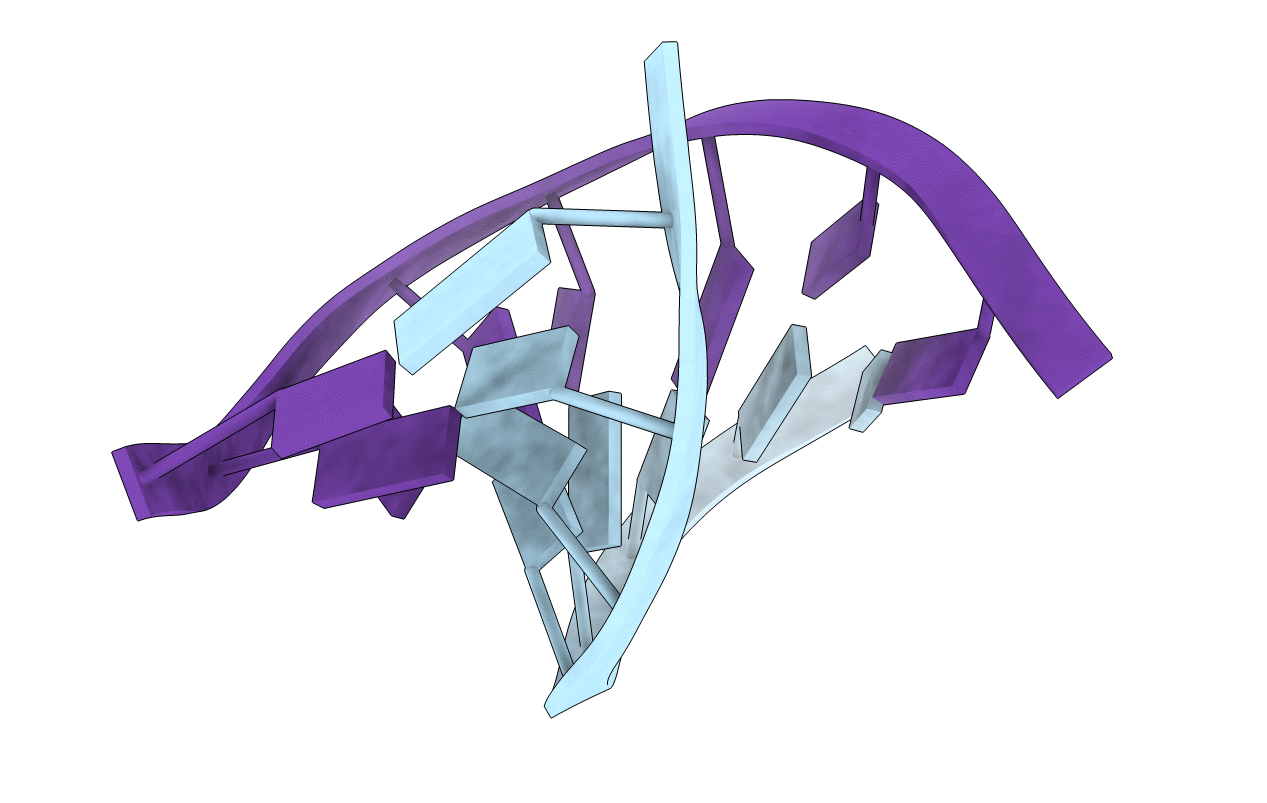
Deposition Date
2009-05-13
Release Date
2009-08-18
Last Version Date
2024-02-21
Entry Detail
Biological Source:
Source Organism:
Method Details:
Experimental Method:
Resolution:
1.57 Å
R-Value Free:
0.22
R-Value Work:
0.20
R-Value Observed:
0.20
Space Group:
P 61


